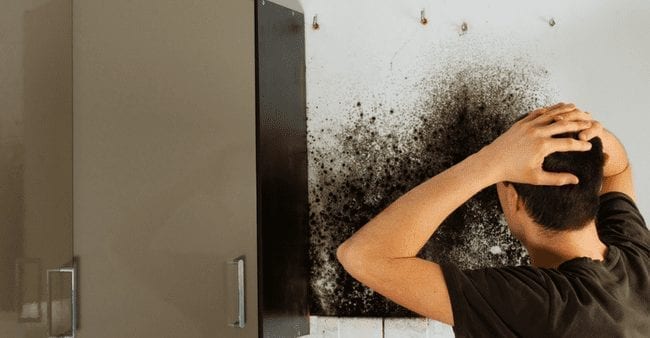We've discovered the article pertaining to Hacks to detect leaks down the page on the net and felt it made perfect sense to write about it with you over here.
.jpg)
Early detection of leaking water lines can alleviate a prospective calamity. Some small water leaks might not be visible.
1. Take A Look At the Water Meter
Every house has a water meter. Examining it is a surefire manner in which helps you find leaks. For starters, shut off all the water sources. Make sure no one will purge, use the faucet, shower, run the cleaning machine or dishwashing machine. From there, most likely to the meter and also watch if it will alter. Given that no one is using it, there need to be no activities. If it moves, that suggests a fast-moving leak. Furthermore, if you detect no changes, wait an hour or two as well as inspect back once again. This suggests you might have a slow-moving leakage that might even be underground.
2. Check Water Usage
Analyze your water bills and track your water usage. As the one paying it, you must discover if there are any type of inconsistencies. If you identify sudden changes, regardless of your consumption coinciding, it indicates that you have leaks in your plumbing system. Bear in mind, your water bill must fall under the exact same array each month. A sudden spike in your expense shows a fast-moving leak.
A stable boost every month, also with the very same routines, reveals you have a sluggish leak that's also slowly rising. Call a plumber to extensively examine your residential or commercial property, especially if you really feel a cozy area on your floor with piping below.
3. Do a Food Coloring Examination
When it pertains to water usage, 30% comes from commodes. Examination to see if they are running correctly. Drop flecks of food color in the storage tank and wait 10 mins. If the color in some way infiltrates your bowl throughout that time without flushing, there's a leak in between the storage tank and also bowl.
4. Asses Outside Lines
Don't fail to remember to inspect your exterior water lines also. Test spigots by connecting a yard hose. Ought to water leak out of the connection, you have a loosened rubber gasket. Change this as well as make sure all links are limited. If you've obtained a sprinkler system, it will certainly aid get it expertly took a look at and maintained each year. One tiny leakage can squander tons of water and also surge your water bill.
5. Analyze the circumstance and examine
Homeowners need to make it a practice to examine under the sink counters and even inside closets for any type of bad odor or mold and mildew growth. These two warnings show a leak so prompt interest is called for. Doing regular evaluations, also bi-annually, can conserve you from a significant trouble.
Inspect for discolorations as well as weakening as a lot of pipes as well as devices have a life span. If you believe leaking water lines in your plumbing system, don't wait for it to intensify.
Early discovery of leaking water lines can alleviate a potential catastrophe. Some small water leaks may not be noticeable. Inspecting it is a proven means that assists you find leakages. One little leakage can waste lots of water and also increase your water costs.
If you suspect leaking water lines in your plumbing system, don't wait for it to escalate.
WARNING SIGNS OF WATER LEAKAGE BEHIND THE WALL
PERSISTENT MUSTY ODORS
As water slowly drips from a leaky pipe inside the wall, flooring and sheetrock stay damp and develop an odor similar to wet cardboard. It generates a musty smell that can help you find hidden leaks.
MOLD IN UNUSUAL AREAS
Mold usually grows in wet areas like kitchens, baths and laundry rooms. If you spot the stuff on walls or baseboards in other rooms of the house, it’s a good indicator of undetected water leaks.
STAINS THAT GROW
When mold thrives around a leaky pipe, it sometimes takes hold on the inside surface of the affected wall. A growing stain on otherwise clean sheetrock is often your sign of a hidden plumbing problem.
PEELING OR BUBBLING WALLPAPER / PAINT
This clue is easy to miss in rooms that don’t get much use. When you see wallpaper separating along seams or paint bubbling or flaking off the wall, blame sheetrock that stays wet because of an undetected leak.
BUCKLED CEILINGS AND STAINED FLOORS
If ceilings or floors in bathrooms, kitchens or laundry areas develop structural problems, don’t rule out constant damp inside the walls. Wet sheetrock can affect adjacent framing, flooring and ceilings.
https://www.servicemasterbyzaba.com/blog/how-to-detect-water-leakage-in-walls/

We had been shown that editorial on Finding hidden leaks through an associate on our other domain. Remember to set aside a second to distribute this write-up if you appreciated it. Thank you for your time. Don't hesitate to come by our website back soon.